- +44 7733 236110
- info@shandigitalmarketing.com
We help roofing companies dominate Google, win local searches, and turn clicks into booked jobs.
Our Certifications provide enough proof of our credibility and we are the best in our services.


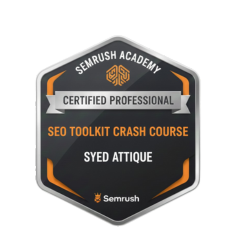



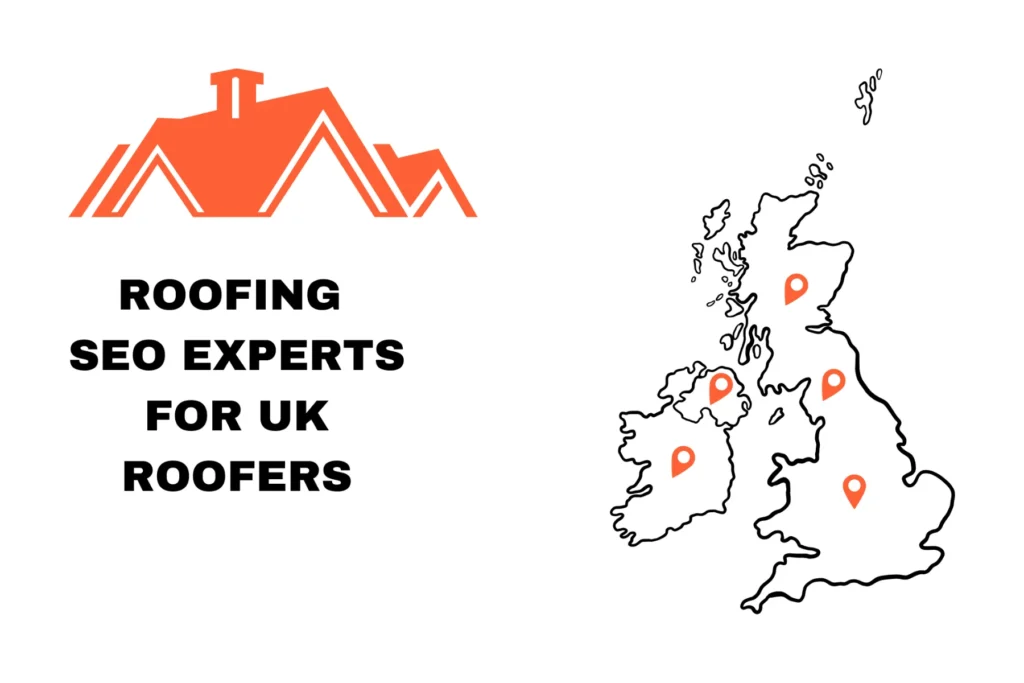

About Us
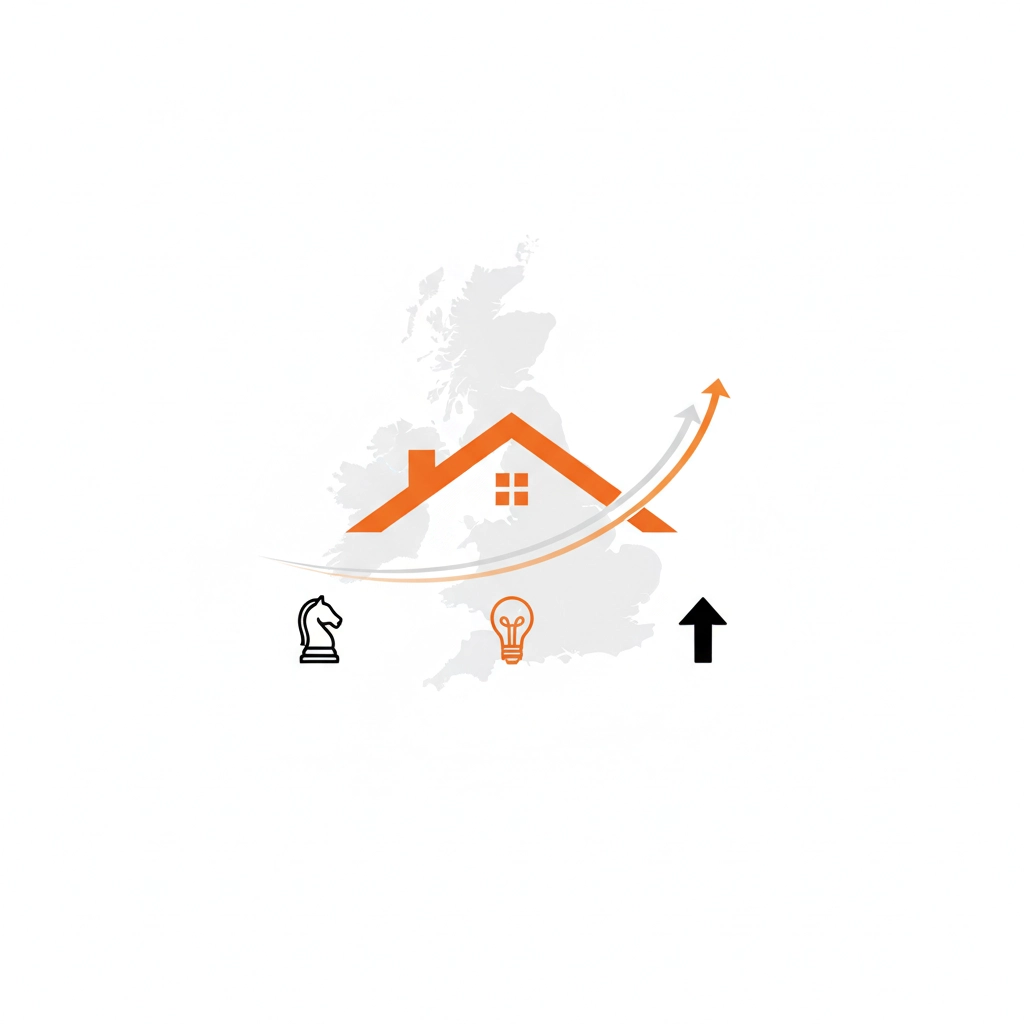
At Shan Digital Marketing, we build roofing businesses that own their local market. Our Roofing SEO and website strategies help roofers get real calls, not empty clicks. From keyword research to local map rankings, we handle everything so you can focus on roofs, not rankings.
Our services
Many roofers lose calls every day simply because they don’t have a website that ranks or converts. At Shan Digital Marketing, we solve that problem. Whether you’re starting from scratch or your current site underperforms, we create high-converting, SEO-ready websites built specifically for roofing businesses.

Designed to attract leads and showcase your services.
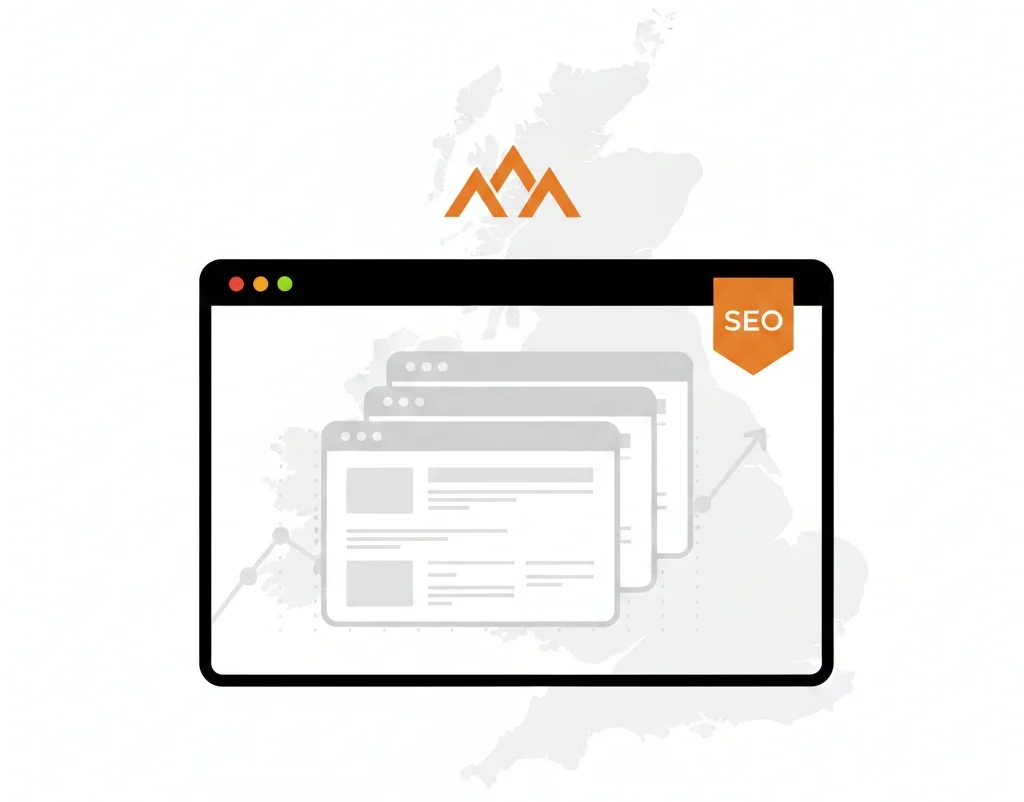
Built with local keywords, semantic structure, and Google Maps integration.

Every visitor gets a smooth experience that encourages calls.

Contact forms, click-to-call buttons, and lead magnets to generate enquiries instantly.

Client testimonials, project galleries, and your Google reviews prominently displayed.
Your roofing website should bring in steady calls every week. Most roofers already have a site but still struggle to rank in local searches. That usually happens because the site was never built or maintained with Local SEO in mind. Shan Digital Marketing transforms your existing website into a high converting, fully optimised lead system built for the UK market.
What We Do For Roofers With Existing Websites?

Your current website gets improved titles, headers, service pages, internal linking and correct keyword placement based on real roofing search intent.
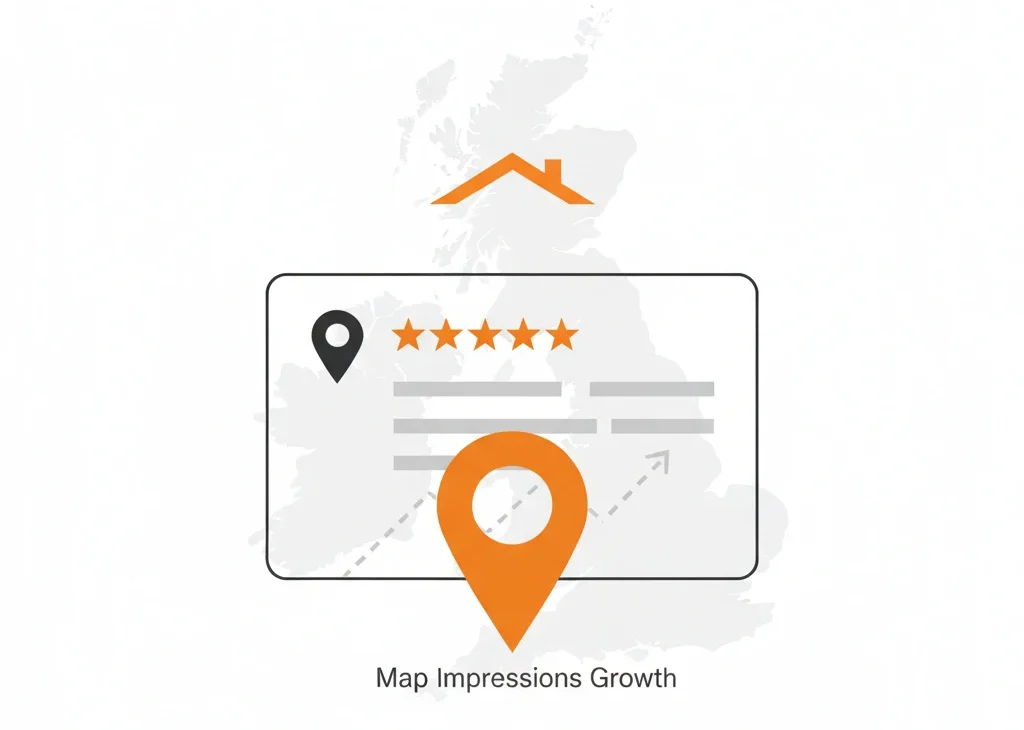
If your Google Business Profile already exists, we optimise it for rankings, fix category issues, improve photos, update services, strengthen local signals and improve your chance of appearing in the map pack.

We improve local authority with consistent NAP data, citation accuracy and roofing focused signals that help your business appear in local searches.
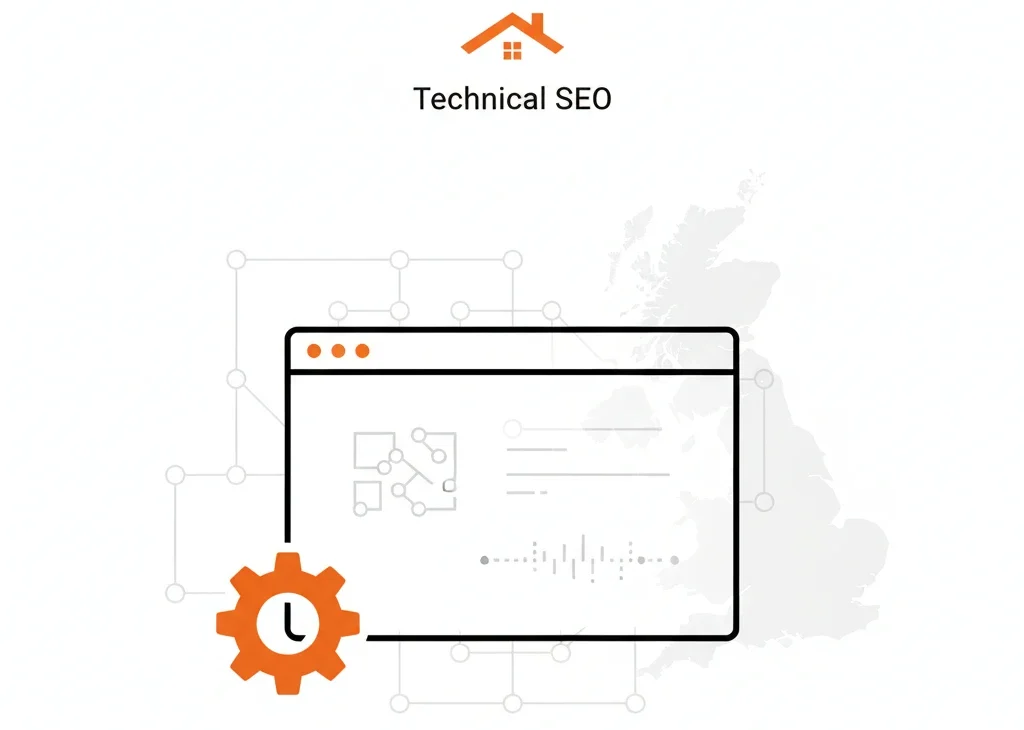
Your website gets faster, cleaner and more stable with speed improvements, Core Web Vitals tuning and a complete mobile performance check.

We refine or rebuild service pages for repairs, replacements, flat roofing, pitched roofing, guttering, fascias and soffits to make them more searchable and more convincing.
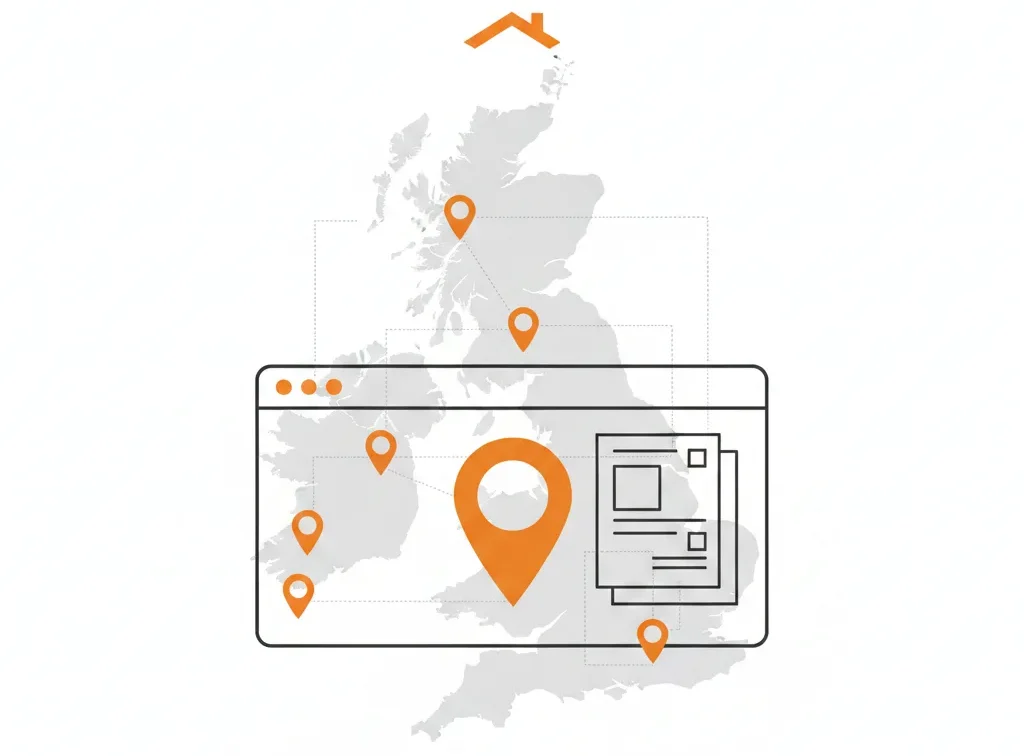
If you serve multiple locations, we create or improve unique local landing pages built for each town or city.

We identify the top ranking roofers in your area and build a plan that beats their content, authority and user experience.

Your existing pages get rewritten to align with buyer intent so visitors convert into calls and form submissions.

You get consistent updates on rankings, calls, traffic and leads with clear proof of growth.
Why This Works
Most roofing websites fail because they target the wrong keywords, lack roofing specific content and have no local authority. When we apply a clear Local SEO plan, your site starts ranking for the exact commercial keywords that bring real roofing jobs.
Our Process
At Shan Digital Marketing, we don’t just promise results we deliver them with a structured, proven system built specifically for UK roofers. Every step is designed to increase your leads, grow your visibility, and convert clicks into booked jobs.
We analyse your current website, Google Business Profile, and local search visibility. This identifies gaps, opportunities, and the exact actions needed to outrank competitors.
Your website is your most powerful sales tool. We ensure it’s fast, mobile-friendly, and built to convert visitors into calls. For roofers without a site, we create a high-performing, ready-to-rank website from scratch.
GBP optimisation, review strategy, and local citations put your business on the map literally. Rank higher in the local 3-pack and attract clients searching for roofing services nearby.
We craft service pages, blog posts, and local landing pages with keywords that match what your customers actually search for. Everything is semantic and topical to establish authority.
High-quality backlinks, local citations, and online reputation signals build credibility with both Google and potential clients.
SEO isn’t set-and-forget. We track rankings, traffic, calls, and conversion metrics every month, adjusting strategies to stay ahead of competitors.
Project Done
Happy Clients
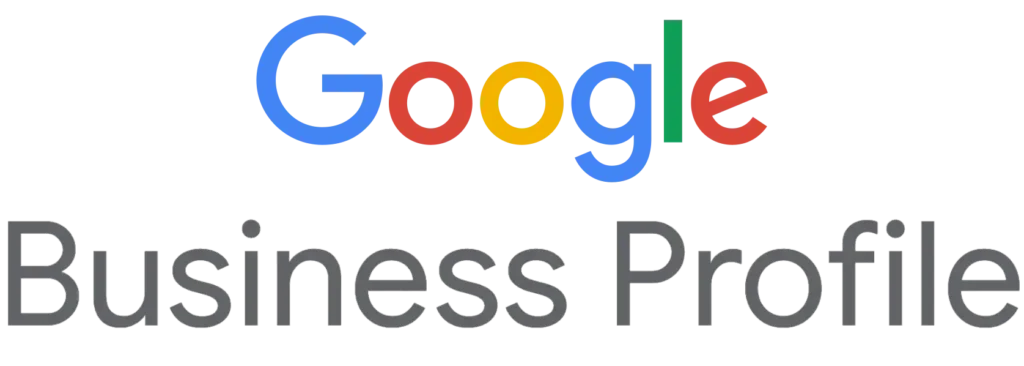

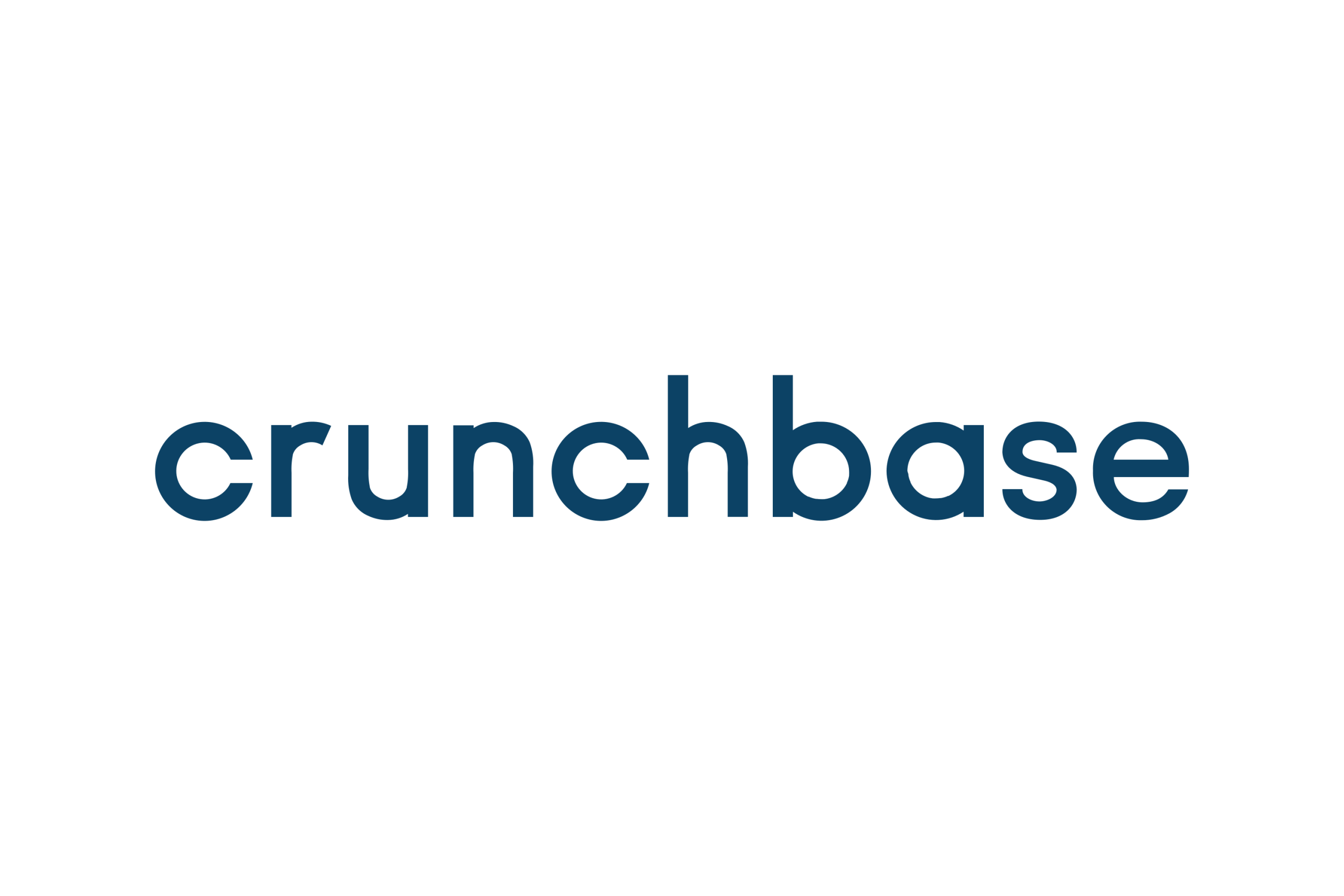



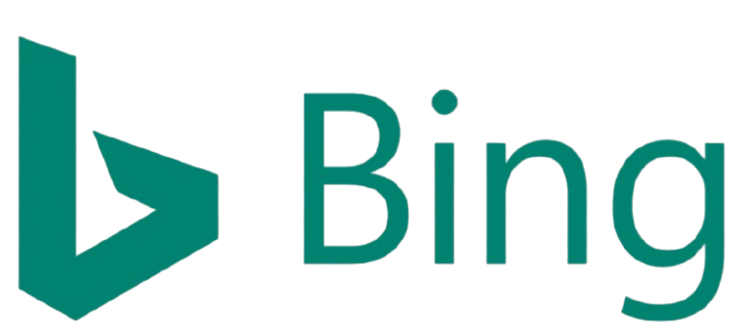


Recent Projects
At Shan Digital Marketing, our strategies aren’t theory; they deliver real results for roofers across the UK. From boosting calls to ranking in the Google Maps pack, here’s a glimpse of what we’ve achieved:
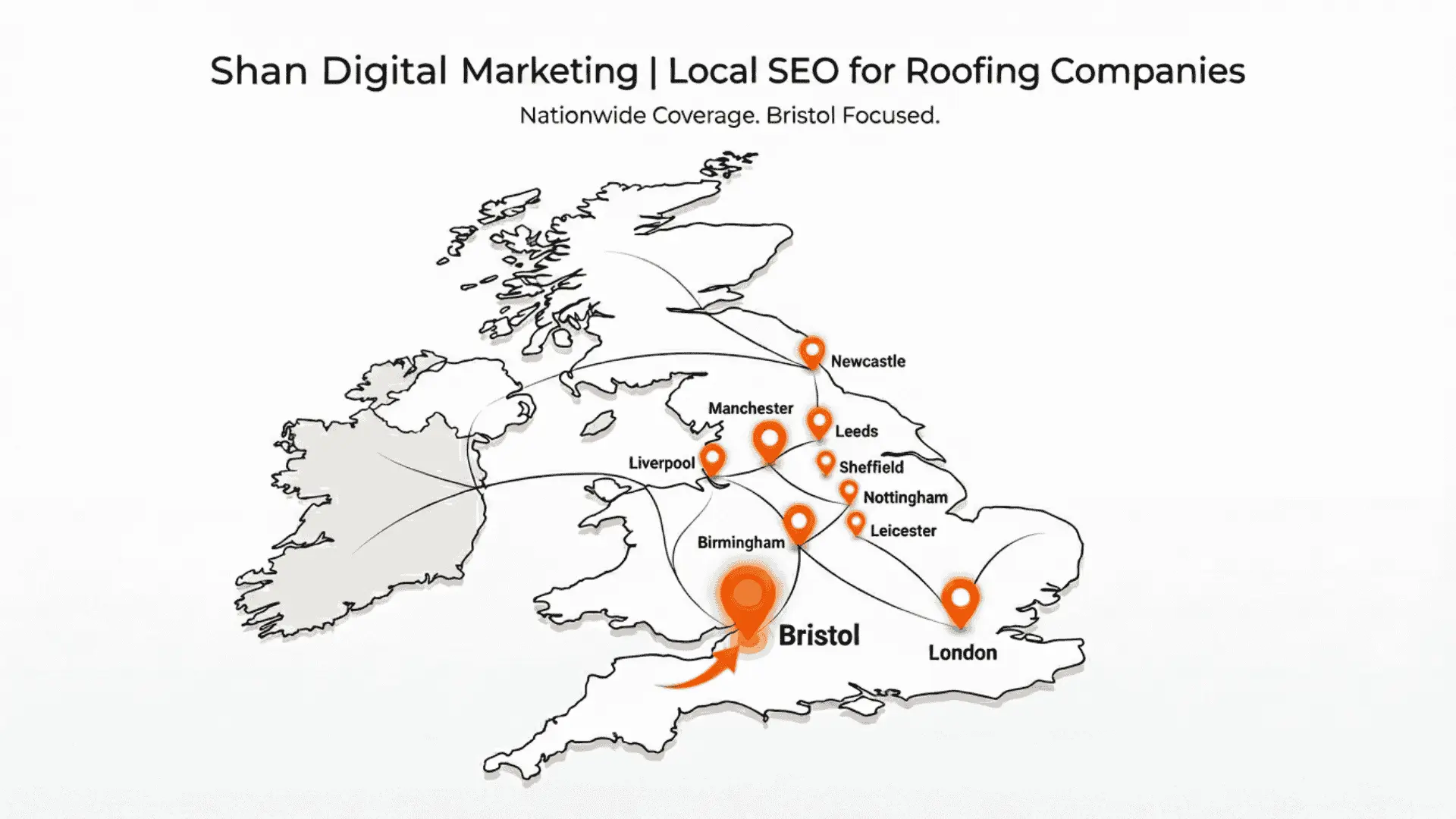
Shan Digital Marketing is based in Bristol and provides roofing SEO services to companies across the entire UK. Every roofer in England, Scotland, Wales and Northern Ireland can work with us, but our core operations run from Bristol where most of our campaigns are managed. Whether a roofing company serves one town or multiple regions, the service covers all UK locations with the same focus on visibility, leads and local search growth.






Why Choose us
Roofing businesses across the UK trust Shan Digital Marketing because we don’t treat roofers like generic clients. We understand your world, the tight schedules, the competition, and the pressure to win every local job. Most digital agencies offer one-size-fits-all SEO that rarely works. We focus exclusively on roofers, combining proven strategies, local search expertise, and website design that actually converts visitors into booked calls.
Here’s why roofers choose us:
Niche Expertise
We specialise only in roofing businesses, giving you strategies tailored to your market.
Proven Results
Case studies and metrics show consistent lead growth, higher calls, and top Google rankings.
From local keyword research to Google Business Profile optimisation, citations, and high-converting websites, we handle it all.
Whether you’re local or multi-location, our campaigns cover the entire UK, so you get maximum visibility.
Know exactly what we do and how your SEO investment is performing.
Your growth is our goal. We act as your partner, not just a service provider.
Meet our team
At Shan Digital Marketing, we combine deep local SEO expertise with a passion for helping roofers grow their businesses across the UK. Our team understands the unique challenges of the roofing industry and builds strategies that deliver measurable results.
Testimonials
James R., Bristol Roofing & Repairs




Reach Out Anytime
Don’t wait to see results, Get a comprehensive, no-obligation SEO audit specifically for roofing businesses. Also If you want our comprehensive paid services, This is the same form to contact. You just have to select the service and our team member will reach you out within 24 hours.
Shan Digital Marketing HQ
Bristol, United Kingdom
info@shandigitalmarketing.com
Send us an email and we'll reply within 24 hours.
Have Any Questions?
Clear answers about our services, process, and results so you can decide faster.
Didn’t find what you need? Contact us
Roofing SEO helps your roofing business appear when homeowners search for services like roof repair, roof replacement, or emergency roofing in their town. It focuses on improving your website, optimising service pages, strengthening local signals, managing your Google Business Profile and building trusted backlinks. UK homeowners search phrases like roofer near me, roof repair in [city], or emergency roofer in [town]. If your business does not show up in these searches, competitors collect the calls. Roofing SEO gives your company visibility, trust and steady enquiries from people who are already looking for help.
Timelines vary by competition, location, and how strong your current online presence is. Many UK roofing companies start seeing early movement in three to six months. This includes improvements in visibility, organic traffic and map pack appearances. Stronger lead growth usually appears within six to twelve months once the website, local citations, content system and Google Business Profile are fully optimised. Smaller towns may see faster gains while busy cities require more consistent SEO work. Long term growth depends on steady optimisation and review activity.
You can start either way. If you do not have a website, we build a fast, mobile friendly, conversion optimised site designed for roofing keywords and local search visibility. If you already have a website, we audit it, fix technical issues, strengthen content and align it with local search behaviour.
Building from scratch gives you a clean foundation without old performance issues or weak structure. What matters most is that the site is ready for local keywords, user intent and conversions from day one.
Local SEO for roofers focuses on local signals, service area visibility and the map pack. It targets homeowners searching in specific towns or postcodes rather than broad national keywords. Key elements include:
• Google Business Profile optimisation for roofing services
• Consistent NAP citations across trusted UK directories
• Location pages and roofing service area content
• Review growth and local link signals
• Technical SEO, mobile performance and site speed
General SEO targets wider keywords while local SEO helps your company dominate results in the towns you actually serve.
A fully optimised Google Business Profile helps your roofing company appear in the local map pack when people search roofer near me or roof repair in [town]. This placement has very high visibility and attracts ready to book customers.
An optimised profile shows accurate details, real project photos, strong reviews, clear roofing services and active updates. These signals build trust instantly. When combined with local citations and consistent SEO work, Google recognises your business as a reliable local roofing company which increases your chances of getting calls.
Augue litora phasellus ad a metus conubia et enim ullamcorper, eros nisl porta nostra at proin lectus tincidunt consequat